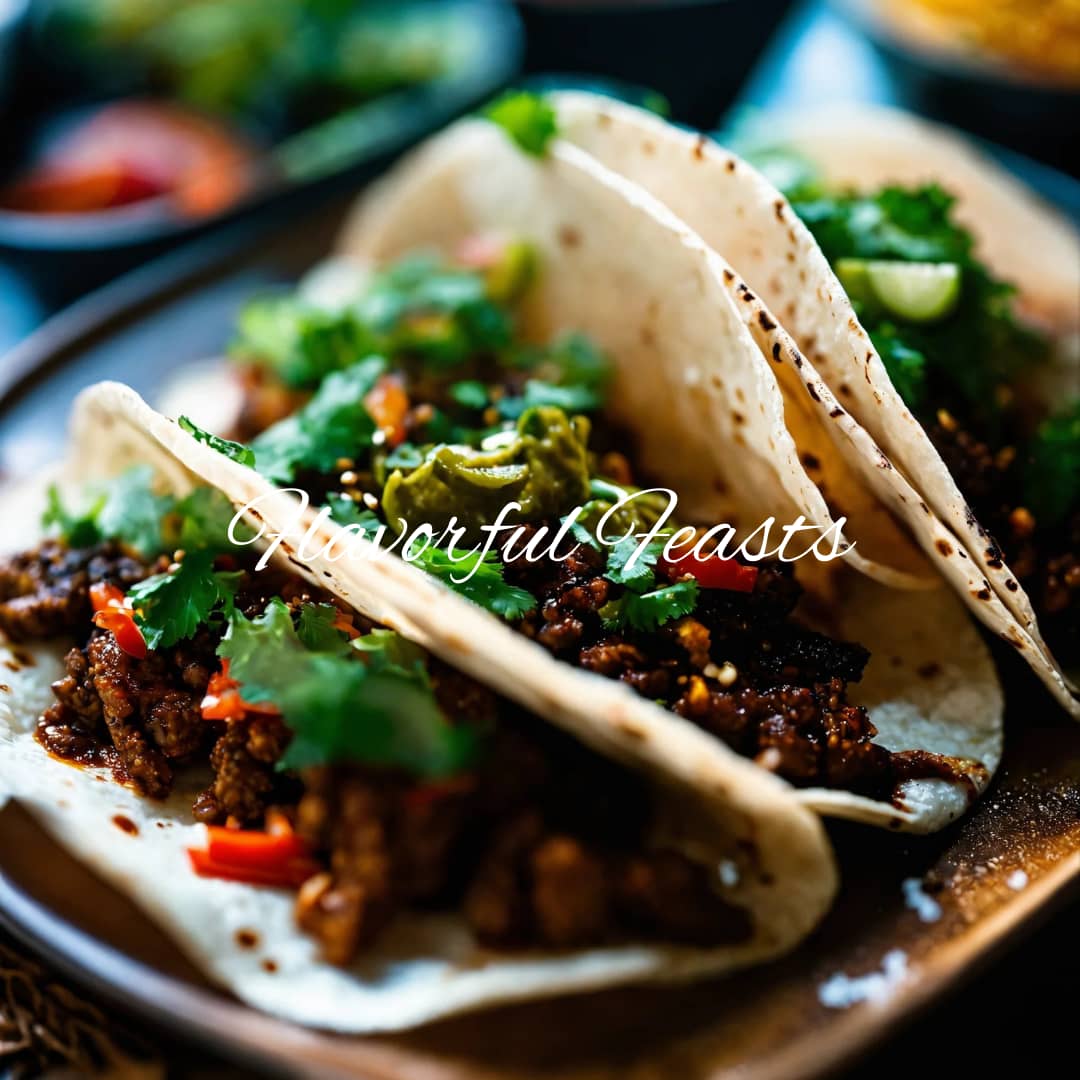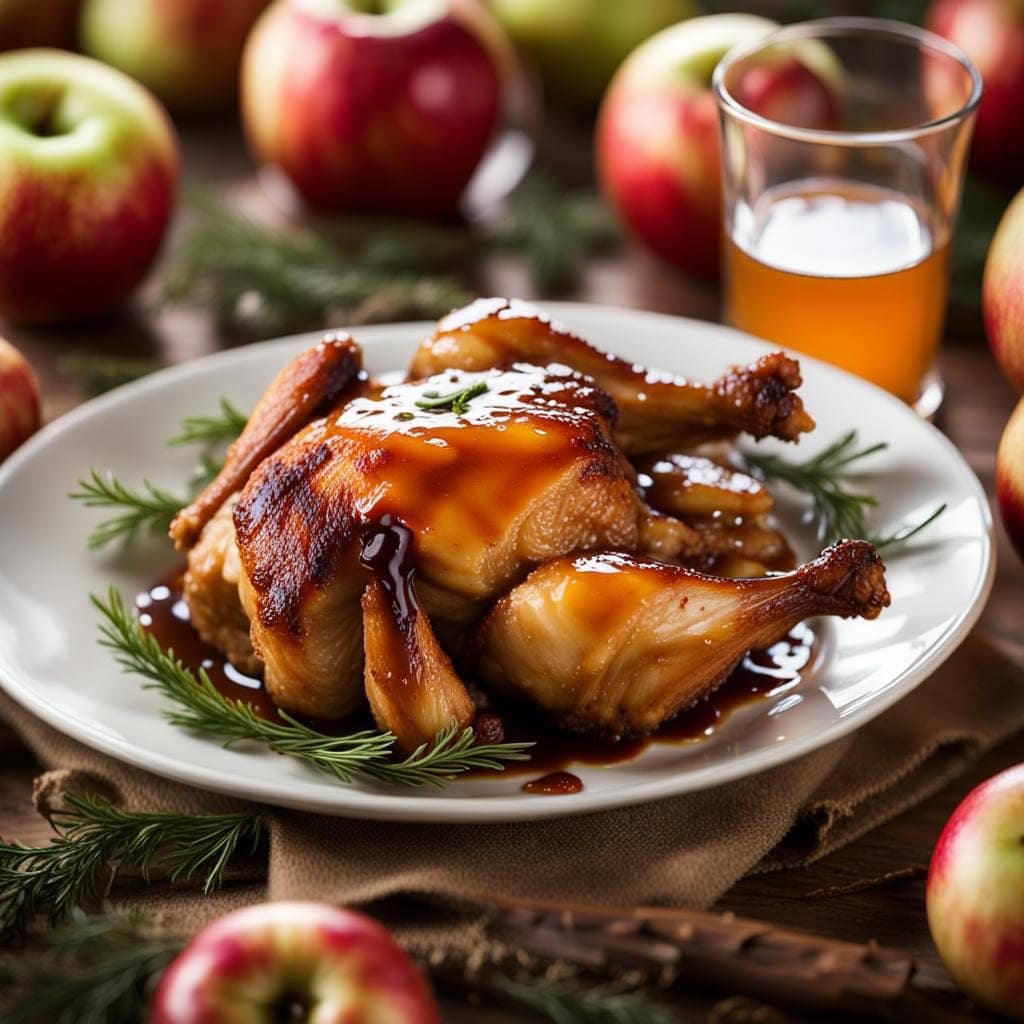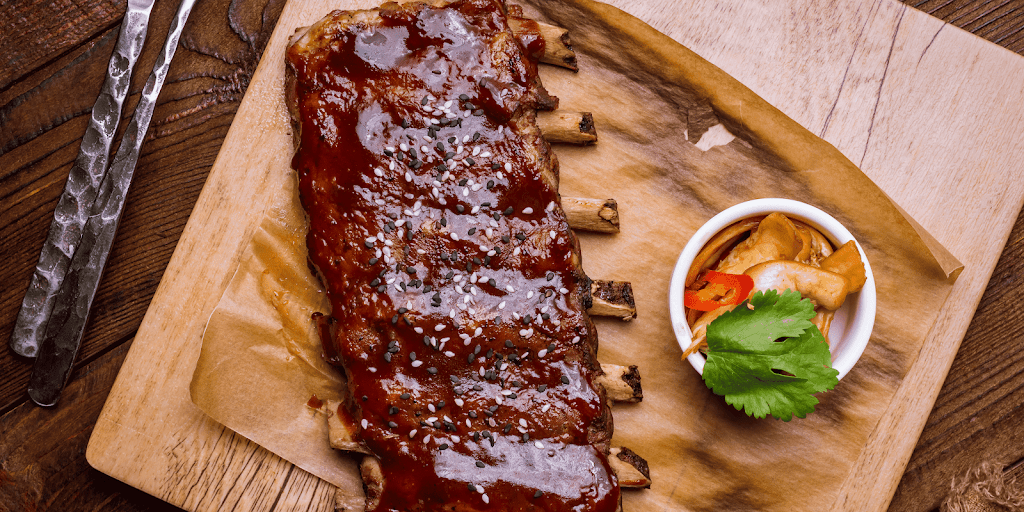Are you a fan of tacos but looking to try something new and exciting? Look no further than Korean-style tacos! This fusion dish combines the flavors of Korean cuisine with the convenience and deliciousness of the Mexican taco.
With a perfect balance of savory, spicy, and tangy flavors, Korean-style tacos are sure to impress your taste buds and leave you craving for more. In this article, we will guide you through a unique recipe for Korean-style tacos that will elevate your taco game to a whole new level.

Ingredients
- 1 pound of thinly sliced beef (such as ribeye or sirloin)
- 1/4 cup soy sauce
- 2 tablespoons sesame oil
- 2 tablespoons brown sugar
- 2 cloves of garlic, minced
- 1 tablespoon grated ginger
- 1 tablespoon rice vinegar
- 1 tablespoon gochujang (Korean chili paste)
- 1 cup shredded lettuce
- 1/2 cup sliced green onions
- 1/4 cup chopped cilantro
- 8 small flour tortillas
Instructions
- In a bowl, whisk together soy sauce, sesame oil, brown sugar, garlic, ginger, rice vinegar, and gochujang to make the marinade.
- Place the thinly sliced beef in a resealable plastic bag and pour the marinade over it. Seal the bag and marinate in the refrigerator for at least 1 hour, or overnight for maximum flavor.
- Preheat your grill or skillet over medium-high heat. Remove the beef from the marinade, allowing any excess marinade to drip off.
- Cook the beef for 2-3 minutes per side, or until it reaches your desired level of doneness. Transfer the cooked beef to a cutting board and let it rest for a few minutes before slicing it into thin strips.
- Warm the flour tortillas on the grill or in a dry skillet for about 30 seconds per side.
- Assemble the tacos by placing a few slices of beef on each tortilla. Top with shredded lettuce, sliced green onions, and chopped cilantro.
- Squeeze some fresh lime juice over the toppings for an extra burst of flavor.
- Serve the Korean-style tacos hot and enjoy!
Preparation Time: 1 hour (including marinating time)
Cooking Time: 10 minutes
Number of Servings: 4
Calories per Serving: Approximately 350
Country of Origin: Fusion of Korean and Mexican cuisines
Pros and Cons of Ingredients
The ingredients used in Korean-style tacos offer a range of pros and cons, each contributing to the unique flavors and textures of the dish.
Thinly sliced beef: The tender and juicy beef adds a rich and meaty flavor to the tacos. It is a great source of protein but should be consumed in moderation due to its high fat content.
Soy sauce: Soy sauce enhances the umami taste of the dish and provides a salty kick. However, it is high in sodium, so individuals with high blood pressure should use it sparingly.
Sesame oil: Sesame oil adds a nutty aroma and depth of flavor to the marinade. It is rich in antioxidants and healthy fats, but should be used in moderation due to its calorie density.
Brown sugar: Brown sugar balances the savory flavors with a touch of sweetness. It provides a quick energy boost but should be consumed in moderation to avoid excessive sugar intake.
Garlic and ginger: These aromatic ingredients add a punch of flavor and offer various health benefits, including immune-boosting properties and anti-inflammatory effects.
Rice vinegar: Rice vinegar lends a tangy and slightly sweet taste to the marinade. It aids in digestion and can help regulate blood sugar levels.
Gochujang: Gochujang is the star ingredient that gives Korean-style tacos their signature spicy kick. It is made from fermented soybeans, chili powder, and glutinous rice. Gochujang is rich in vitamins, minerals, and capsaicin, which may have metabolism-boosting properties.
Lettuce, green onions, and cilantro: These fresh and crunchy toppings provide a burst of freshness and add texture to the tacos. They are low in calories and packed with vitamins and minerals.
Flour tortillas: Flour tortillas provide a soft and flexible base for the tacos. They are versatile and easy to work with, but individuals watching their carbohydrate intake may opt for whole wheat or corn tortillas instead.
Kitchen Accessories
To make these delicious Korean-style tacos, you will need the following kitchen accessories:
Frequently Asked Questions (FAQs)
1. Can I use chicken instead of beef?
Yes, you can definitely substitute chicken for beef in this recipe. Chicken thighs or breasts can be used, and the cooking time may vary. Ensure that the chicken is cooked through before assembling the tacos.
2. Is gochujang spicy?
Yes, gochujang is spicy. It adds a moderate level of heat to the dish. If you prefer milder flavors, you can reduce the amount of gochujang or omit it altogether.
3. Can I make the marinade in advance?
Absolutely! You can prepare the marinade a day in advance and store it in the refrigerator. This will allow the flavors to meld together, resulting in a more flavorful dish.
4. Are there any vegetarian alternatives?
If you prefer a vegetarian version of Korean-style tacos, you can substitute the beef with tofu or tempeh. Marinate the tofu or tempeh in the same marinade and cook it until it is heated through.
5. Can I add other toppings to the tacos?
Definitely! Feel free to get creative with your toppings. Some popular additions include kimchi, pickled radishes, sliced avocado, or a drizzle of sriracha sauce.
Conclusion
Now that you have the recipe for Korean-style tacos, it’s time to get cooking and experience the delightful fusion of Korean and Mexican flavors.
Whether you’re hosting a dinner party or simply craving a unique and delicious meal, these tacos are sure to impress.
So gather your ingredients, fire up the grill or skillet, and enjoy the mouth-watering combination of tender beef, spicy gochujang, and fresh toppings. Don’t be afraid to put your own twist on the recipe and make it your own. Happy cooking!
ⓘ Disclaimer:
Please note that the information provided in this blog post is for general informational purposes only and does not constitute professional advice. The author of this article is not an expert. It is important to consult with a qualified professional. The content of this blog post is based on the author’s personal experiences, research, and opinions. SmoothiePerks.com nor the author assumes no responsibility or liability for any consequences resulting from the use of this information. By reading this blog post, you acknowledge and accept that the information provided here is not a substitute for professional advice.
ⓘ Disclosure
Amazon Associates Program: smoothieperks.com is a participant in the Amazon Services LLC Associates Program, an affiliate advertising program designed to provide a means for sites to earn fees by advertising and linking to Amazon.com.
ⓘ Affiliate Disclaimer/Disclosure:
Please assume any links to 3rd party products are affiliate links for which I may receive a small payment from the vendor if you decide to sign up or purchase – at no cost to you.




